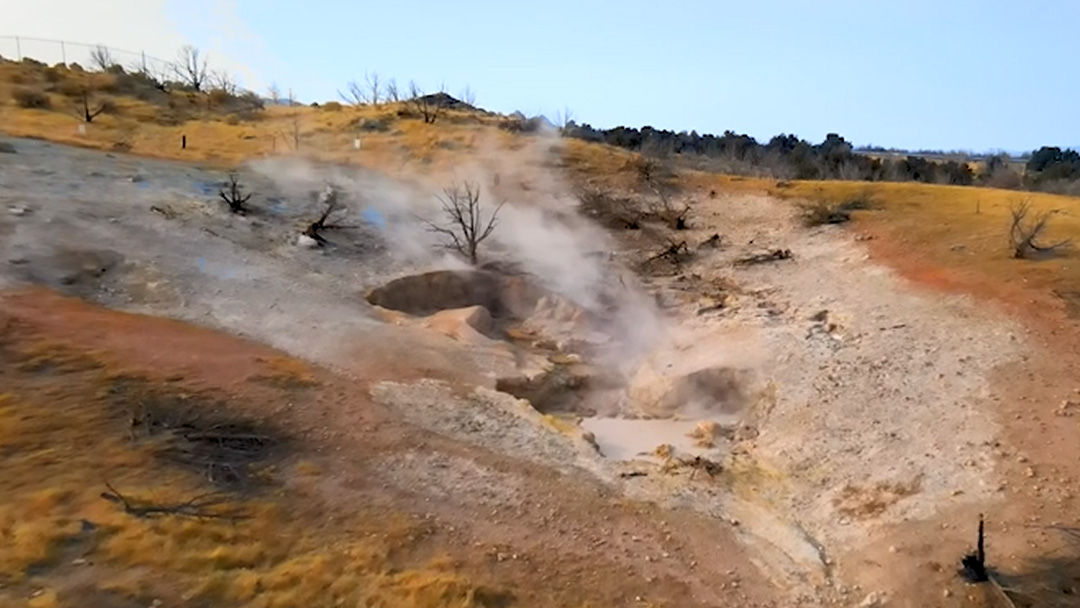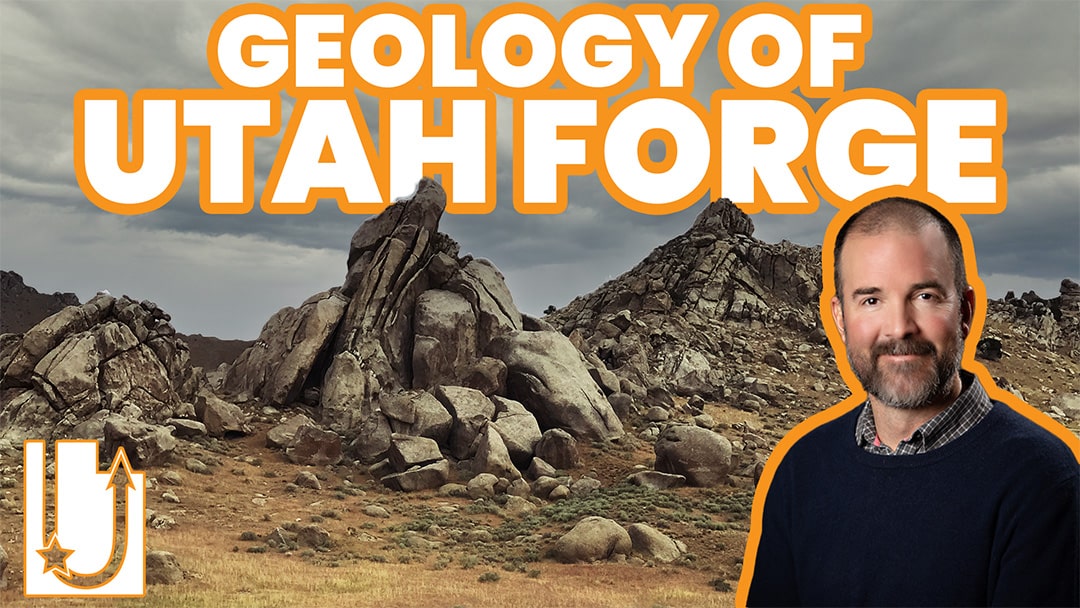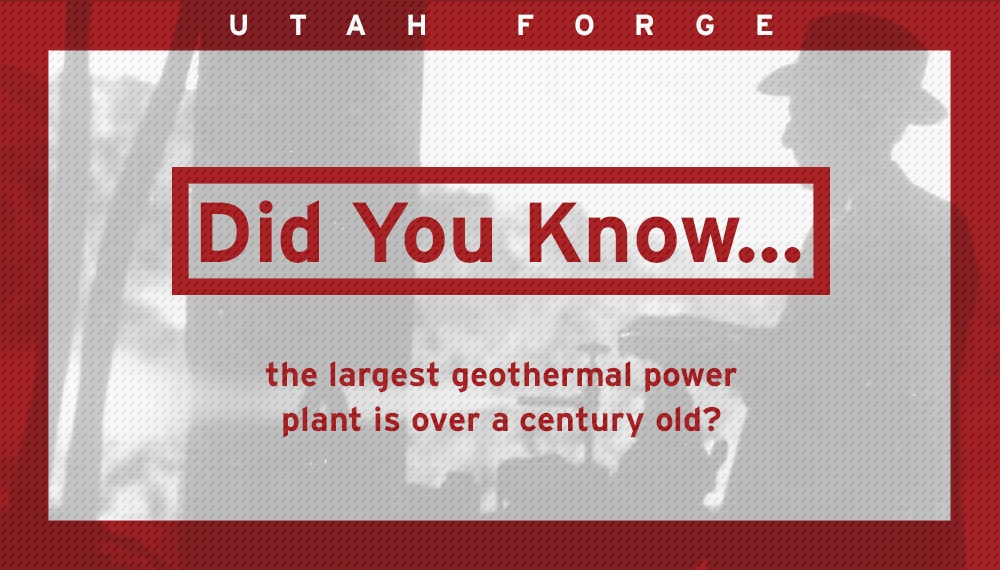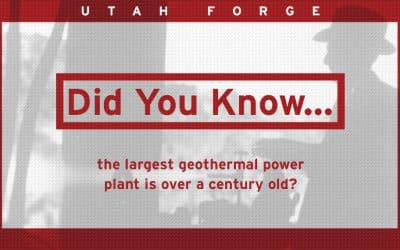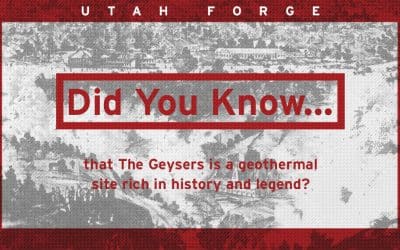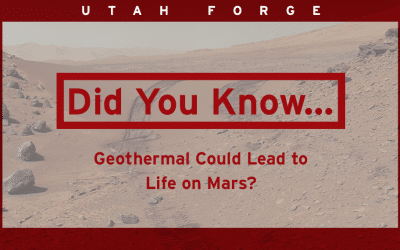
Did you know how geothermal energy is utilized?
The three most common applications are heat pumps, direct use, and electricity generation. Geothermal heat pumps extract heat from the shallow subsurface for heating in the winter and reject the heat back into the ground in the summer for cooling. Heat pump systems are the fastest growing use of geothermal energy in the world. They can be installed in individual homes or large buildings. Gardner Hall at the University of Utah is one of several large buildings in Utah using heat pumps for heating and cooling. Heat pumps do not require a source of hot water, instead they use the natural thermal energy in the ground at less than 5 feet depth.
Where hot water occurs in the shallow subsurface at temperatures between 35° and 150°C (95-300°F), it can be used directly for bathing and spas, heating buildings, and for industrial purposes such as vegetable drying and raising fish. The poinsettias and chrysanthemums sold in grocery and garden stores are grown in a 24 acre geothermally heated greenhouse complex in Newcastle, Utah.
Geothermal power plants produce electricity from hot water with temperatures ranging from about 150° to 320°C (300 to 600°F). The lower temperatures can be found throughout the western USA; the highest temperatures are common around volcanoes, including those making up the Pacific Ring of Fire.
The hottest geothermal wells produce steam, which is used to spin turbines for electric generation. Where just hot water is produced, a heat exchanger is used to boil a secondary fluid to produce vapor that spins the turbine. Once the electricity is generated, the water is injected back into the hot subsurface reservoir where it is reheated. Recently, the University of Utah signed a contract with Cyrq Energy for 20 megawatts of geothermal electricity. This geothermal electricity will provide about one third of the University of Utah’s power requirements.
Read more:
EPA ranks U No. 8 for green power use among universities
Did you also know about...?
